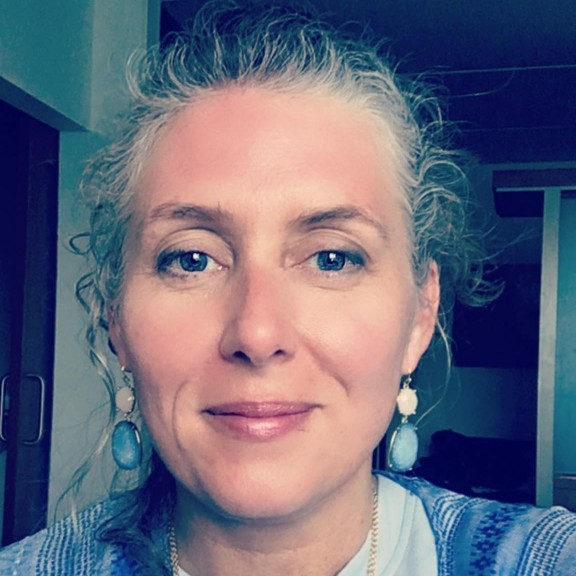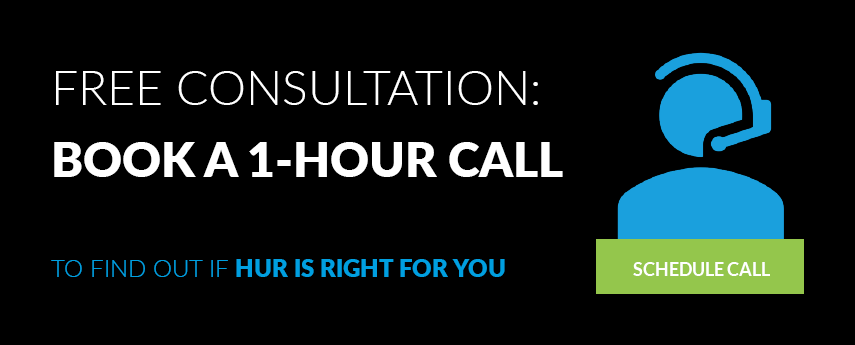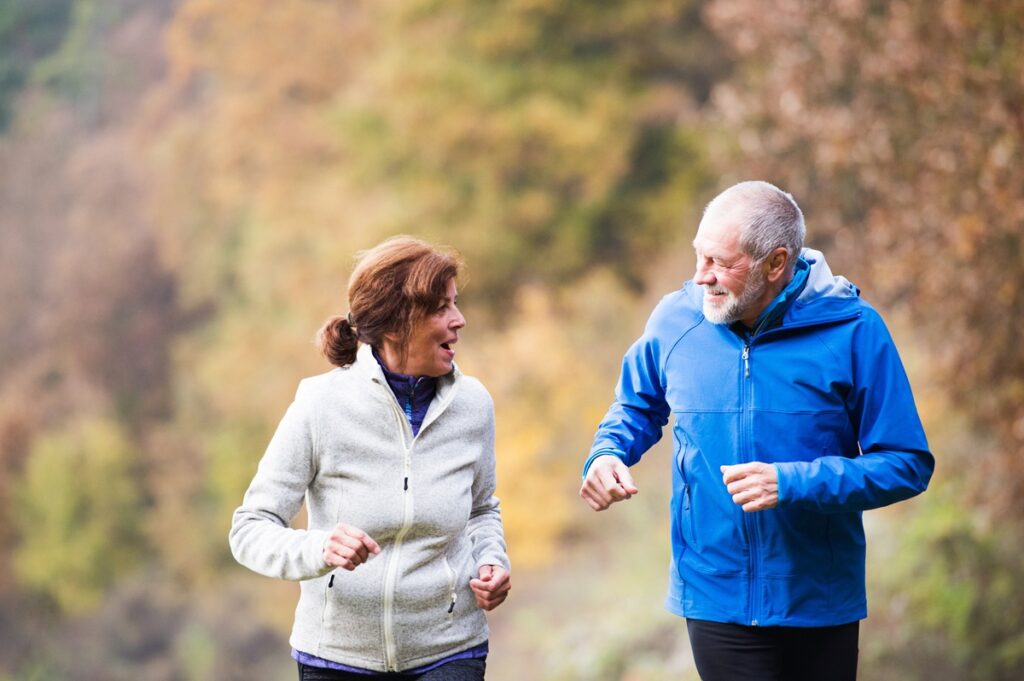Dawn Mans is the Wellness Connection Coordinator for Three Pillars Senior Living in Wisconsin. Years of experience have taught Dawn the importance of helping seniors find their big WHY - the motivating reason for coming into the gym. Through identifying their why, using it as the foundation for their training program, incorporating easy-to-use HUR equipment, and implementing a system of follow-up meetings, Three Pillars has achieved a 79% utilization rate of members in their wellness program. Here's how they are helping seniors dig deep and find a motivating reason for building strength and taking charge of their health.
Q: Why do you feel it's important for your members and residents to have a reason for coming into the gym that runs deeper than just knowing exercise is good for them?
 A: I realized years ago that if our residents and community members don't have a meaningful connection to WHY they are taking on an exercise program, they are much more likely to give up before achieving any kind of meaningful results. Many of the seniors who come into the gym for the first time have never worked out before, or haven't worked out in a long time. Their reason for not working out isn't because they didn't know that exercise is good for them. It's that they haven't connected exercise to their ability to live their life as they want to live it.
A: I realized years ago that if our residents and community members don't have a meaningful connection to WHY they are taking on an exercise program, they are much more likely to give up before achieving any kind of meaningful results. Many of the seniors who come into the gym for the first time have never worked out before, or haven't worked out in a long time. Their reason for not working out isn't because they didn't know that exercise is good for them. It's that they haven't connected exercise to their ability to live their life as they want to live it.
Making that connection is HUGE because exercise is one of those things that doesn't pay off immediately. So, if within the first couple of weeks I can help them tap into an intrinsically motivating factor for sticking with it, they're more likely to create a habit. Then, with time, the results they receive from being strong, feeling healthier, and being connected to the Wellness Connection and its members, become the ultimate motivation.
"It's not scary to use this equipment. The process and program are demystified by Dawn and the wonderful user-friendly HUR equipment. It's very personal because it is specifically set up for me, and that is important because I've never been a workout person." ~Marjie B.
Q: What is your process for helping a resident discover their "WHY"?
A: The first step is to schedule an initial meeting where they receive a tour, and then we sit down to discuss their personal WHY, often over a fruit-infused water, cup of tea, or coffee. If they're ready to take action, I give them their welcome packet to fill out and set up their two appointments with me or my colleague, Janet. I also use this time to ask a lot of questions. It's important that I understand as much as I can about their health, their challenges, and their lifestyle so I can create a program that will work for them.
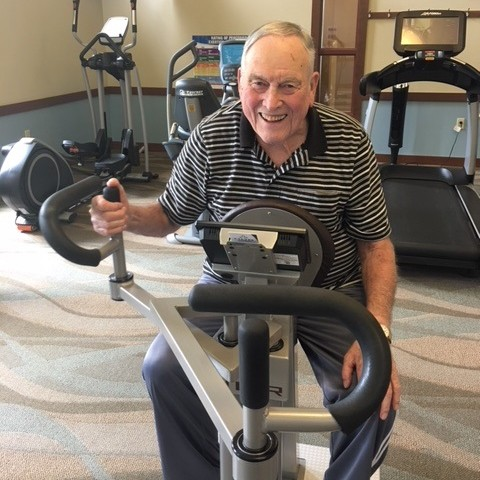 I ask questions like, "How much time will you spend working out? What time of day do you like to move? I'm gathering information but also guiding them into making their own plan based on their personal preferences. I also ask a lot of questions designed to help me understand their why. Sometimes it's easy because they already know. They'll say that they want to be able to play on the floor with their grandchildren, for example, or keep up with their family during a trip. Knowing this helps me create a training program that directly supports their goal.
I ask questions like, "How much time will you spend working out? What time of day do you like to move? I'm gathering information but also guiding them into making their own plan based on their personal preferences. I also ask a lot of questions designed to help me understand their why. Sometimes it's easy because they already know. They'll say that they want to be able to play on the floor with their grandchildren, for example, or keep up with their family during a trip. Knowing this helps me create a training program that directly supports their goal.
Sometimes, it's more challenging. I often hear things like, "I'm here because my wife (or doctor) told me I need to start exercising." With those new members, I know that if I can't help them discover a personal reason for being here, I'll lose them.
"I really like how easy the equipment is to use and understand. Pain and neuropathy are challenges to me and the HUR equipment is very gentle." ~Sue D.
Q: What has been the impact of having at least one follow-up meeting?
 A: Retention is unlikely without a follow-up meeting, for a couple of reasons. First of all, having a sense of belonging and realizing that it's a good fit is important. Over time, most people build social connections with other members and residents that become another layer of motivation for continued investment of their time. And that time leads to amazing personal wellness payoffs. The second meeting is a chance for me to find out how their training is going and adjust their program if necessary. I've noticed for many people, the follow-up meetings help them feel supported, which builds their confidence. If I can affirm that they are doing well and answer their questions or concerns, they're more likely to approach the next workout with confidence.
A: Retention is unlikely without a follow-up meeting, for a couple of reasons. First of all, having a sense of belonging and realizing that it's a good fit is important. Over time, most people build social connections with other members and residents that become another layer of motivation for continued investment of their time. And that time leads to amazing personal wellness payoffs. The second meeting is a chance for me to find out how their training is going and adjust their program if necessary. I've noticed for many people, the follow-up meetings help them feel supported, which builds their confidence. If I can affirm that they are doing well and answer their questions or concerns, they're more likely to approach the next workout with confidence.
It's an important side note that I always recognize that life happens and that changes in health may require for us to meet and adjust accordingly. A surgery or new diagnosis may require us to adjust or create a new plan based on therapy or doctor's orders/contraindications. Pre-habilitation has helped many members return to their activities faster than their non-movement peers.
But, one of the most important things about the follow-up meeting is that it's another opportunity for me to help them connect to their why. For those people who know what their reason is, I can say things like, "At this rate, you'll soon be running circles around those grandkids!" Or, "If you stick to this program, you'll have no problems going on a hike with your daughter when she comes to visit next month."
"While I battled cancer this was my therapy. I was able to adjust my plan during treatment so I wouldn't lose all my strength. I felt better if I could come in even if it was for a short period. I appreciated the support from Dawn, the other members, the clean gym, and the gentle HUR equipment." ~Sue C.
Q: Do you have any stories you can share of members who have made significant progress?
A: Yes! One of our members has completed approximately 700 training sessions since March 2016, and experienced life-changing outcomes. When he first came in, he had numerous serious health conditions, I was very concerned about how his body was going to respond to working out. At the time, he was almost to the point of liver failure. Today, he's not even in the danger zone. Resting heart rate, liver function, labs, strength - everything has improved dramatically.
